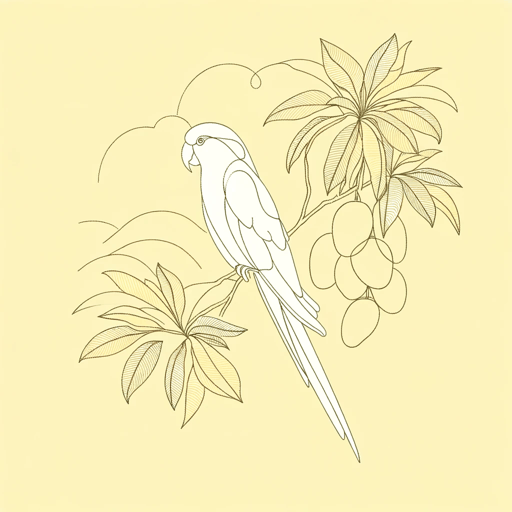57 pages • 1 hour read
Gabriel García MárquezLove in the Time of Cholera
Fiction | Novel | Adult | Published in 1985A modern alternative to SparkNotes and CliffsNotes, SuperSummary offers high-quality Study Guides with detailed chapter summaries and analysis of major themes, characters, and more. For select classroom titles, we also provide Teaching Guides with discussion and quiz questions to prompt student engagement.
Symbols & Motifs
Birds
Throughout the novel, birds are a complex symbol. At times, they represent fate, specifically, fate as it pertains to death, and at other times, they represent women; in all situations, the birds represent a kind of danger, either literal and physical or emotional and psychological. At several points in the novel, women are directly referred to as birds; for example, the prostitutes at the hotel where Florentino goes to write poetry threaten his commitment to his ideals of true love. Other characters like Urbino also refer to women in conflict as birds who can cause harm to their opponents.
Fermina Daza’s father keeps three crows; these three crows symbolize the intertwined fates of Fermina Daza, Dr. Juvenal Urbino, and Florentino Ariza. Though the crows themselves are not responsible for any deaths, they are harbingers of the deaths of each character. As well, the “angel of death” (109) that “hovered for a moment in the cool shadows of the office” when Urbino’s father speaks to him of his mortality has bird-like characteristics that link it with Fermina’s father’s crows. The angelic spirit leaves a real “trail of feathers fluttering in its wake” (109), and this supernatural moment reveals that the crossover between the world of the living and the world of the dead is possible.
Related Titles
By Gabriel García Márquez
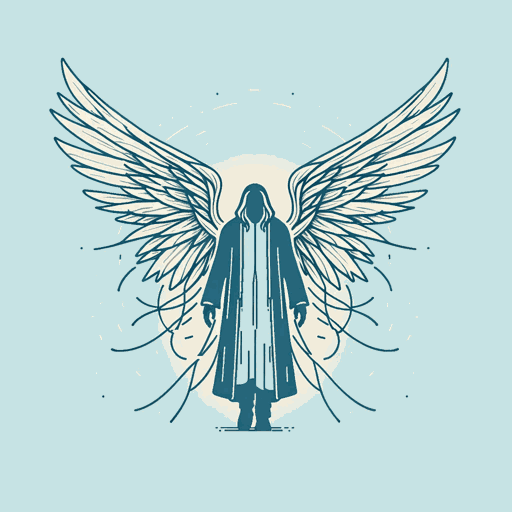
A Very Old Man With Enormous Wings
Gabriel García Márquez
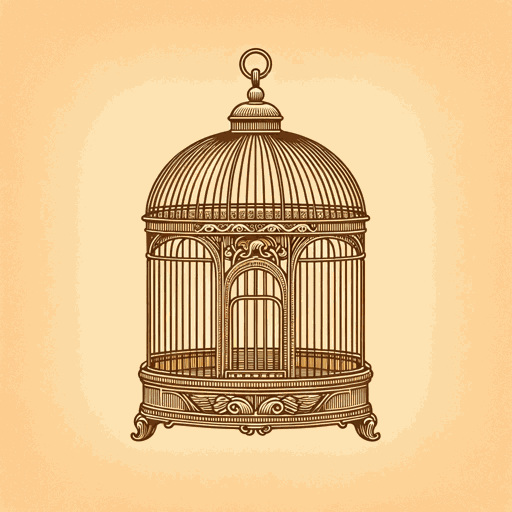
Balthazar's Marvelous Afternoon
Gabriel García Márquez
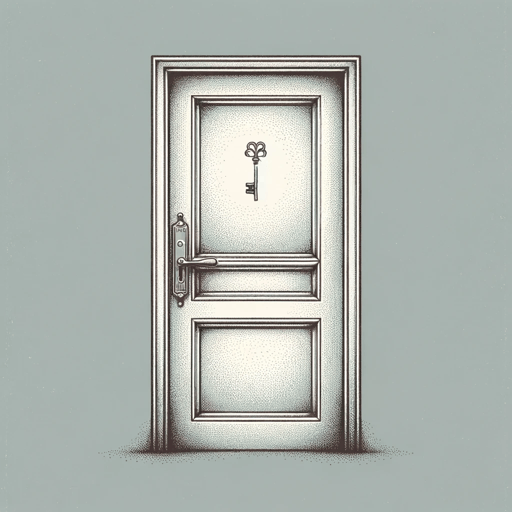
Chronicle of a Death Foretold
Gabriel García Márquez

Death Constant Beyond Love
Gabriel García Márquez

Eyes of a Blue Dog
Gabriel García Márquez

In Evil Hour
Gabriel García Márquez

Innocent Erendira
Gabriel García Márquez

Leaf Storm
Gabriel García Márquez

Memories of My Melancholy Whores
Gabriel García Márquez

News of a Kidnapping
Gabriel García Márquez
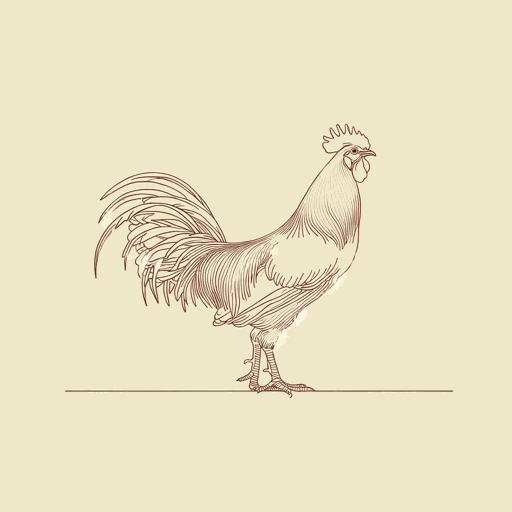
No One Writes To The Colonel
Gabriel García Márquez
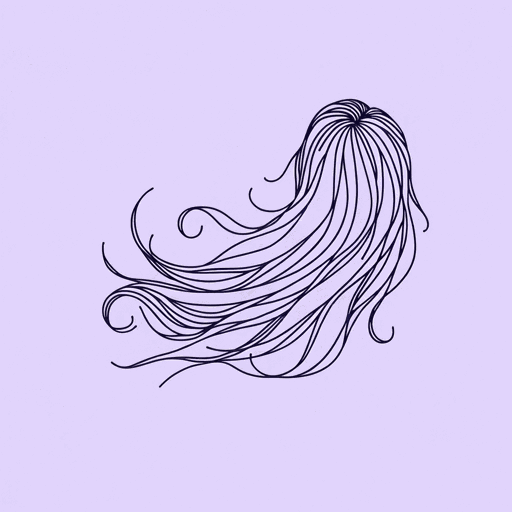
Of Love And Other Demons
Gabriel García Márquez
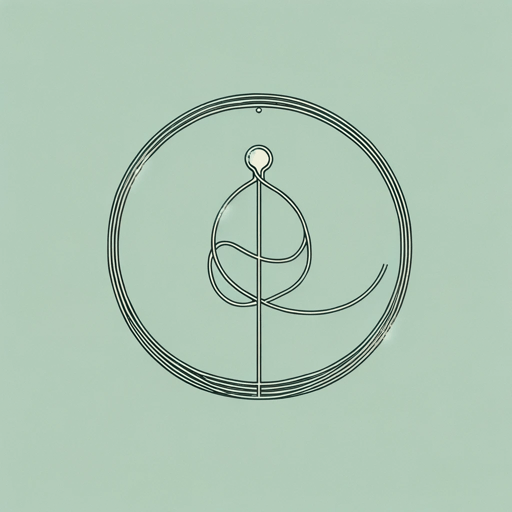
One Hundred Years of Solitude
Gabriel García Márquez
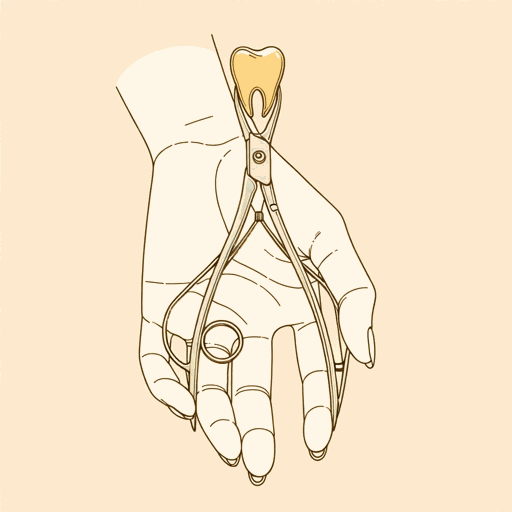
One Of These Days
Gabriel García Márquez

Strange Pilgrims
Gabriel García Márquez
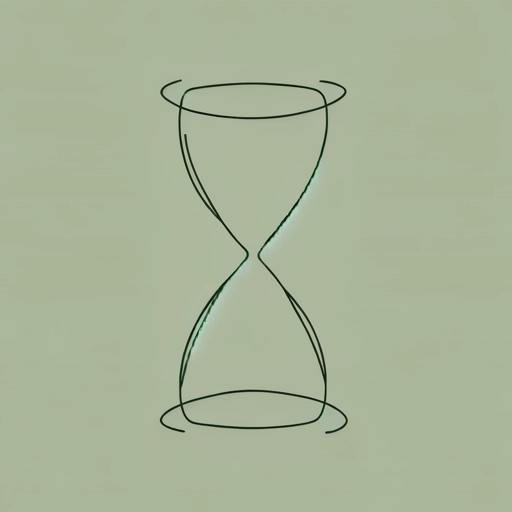
The Autumn of the Patriarch
Gabriel García Márquez, Transl. Gregory Rabassa
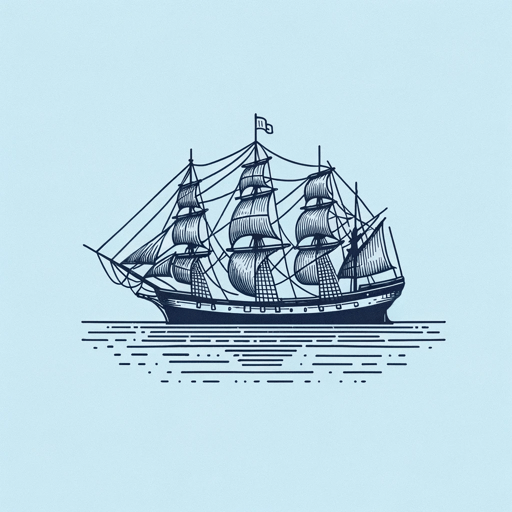
The General in His Labyrinth
Gabriel García Márquez
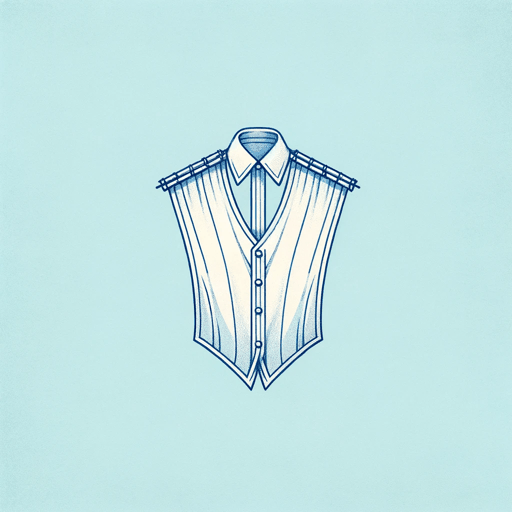
The Handsomest Drowned Man in the World
Gabriel García Márquez

The Story of a Shipwrecked Sailor
Gabriel García Márquez
